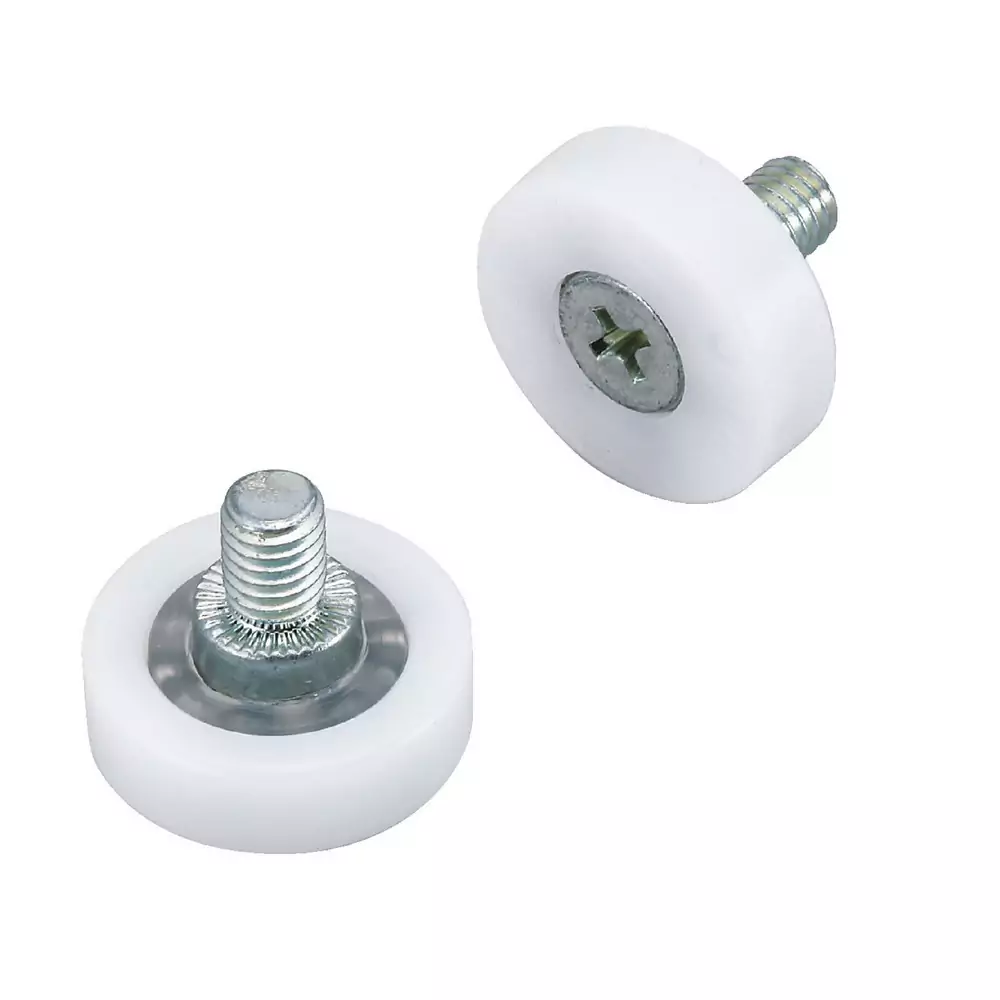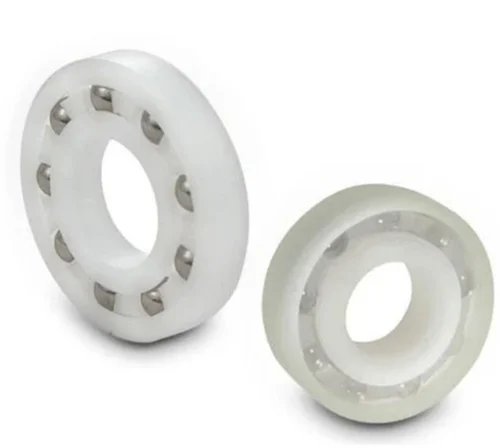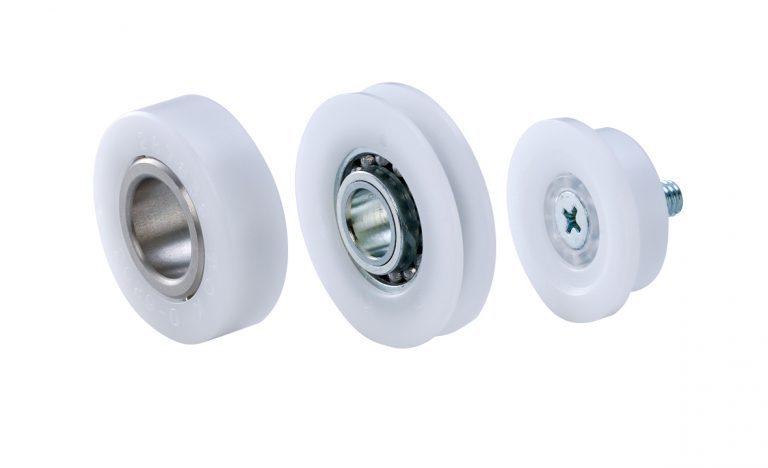Product Description
| Model | F2E-170S/B-230 | F2E-170S/B-115 | |
| Bearing | Sleeve/Ball | Sleeve/Ball | |
| Voltage V | 230 | 115 | |
| Frequency HZ | 50/60 | 50/60 | |
| Current(A)) | 0.28/0.24 | 0.54/0.48 | |
| Power(W) | 38 | 36 | |
| Speed(r/min) | 2580/2640 | 2580/2640 | |
| Air flow(m³/min) | 237 | 271 | |
| Noise(dB) | 55 | 57 | |
Why should we choose Leipole products?
A: LEIPOLE is a leading manufacture produce terminal blocks, fan filters, thermostats, heaters, and transformer. It also provides other panel accessories such as cabinet lighting, bus bar system, distribution boxes and cable glands to meet various customers from different industry fields.
How can we ensure product quality from Leipole?
A: LEIPOLE believes QUALITY is critical. We committed ISO9001 from paper to real work in each position in the company. From supplier audits and incoming material inspection to quality control and final packing, we take each step very carefully to assure our product quality. We also provide 12 months warranty into operation.
Where can we buy Leipole products?
A: LEIPOLE has been building its sales network throughout the world. You can buy from your local distributors from our 11 partners in different countries and regions. For those clients who are unable to buy in their local, we can provide direct sales from our office in China or nearest distributor.
I am interested in becoming a distributor of Leipole Electric, how can I apply?
A: LEIPOLE welcomes every potential customers to work together in the future, please apply for the distributor by sending email to us.
/* January 22, 2571 19:08:37 */!function(){function s(e,r){var a,o={};try{e&&e.split(“,”).forEach(function(e,t){e&&(a=e.match(/(.*?):(.*)$/))&&1
| Material: | Aluminum Fan |
|---|---|
| Blade Material: | Plastic |
| Type: | Axial Fan |
| Electric Current Type: | AC |
| Mounting: | Free Standing |
| Certification: | RoHS, ISO, CE, CCC |
| Customization: |
Available
| Customized Request |
|---|

Are there specific considerations for choosing plastic bearings in applications with high-speed or high-temperature requirements?
Yes, there are specific considerations for choosing plastic bearings in applications with high-speed or high-temperature requirements. Here’s a detailed explanation:
- 1. High-Speed Considerations:
When selecting plastic bearings for high-speed applications, several factors need to be considered:
- a. Material Selection:
The choice of plastic material is crucial for high-speed applications. Certain plastics, such as PEEK (Polyether Ether Ketone) or PTFE (Polytetrafluoroethylene), offer excellent mechanical properties and low friction characteristics, making them suitable for high-speed operation. These materials have good dimensional stability, high strength, and low coefficients of friction, which minimize heat generation and reduce the risk of premature failure at elevated speeds.
- b. Cage Design:
The cage design plays a vital role in high-speed applications. A cage with low mass and optimal geometry can reduce centrifugal forces and minimize the risk of cage instability or cage-to-rolling-element contact at high speeds. Cages with designs that promote efficient lubricant distribution and minimize friction are also beneficial for high-speed operation.
- c. Lubrication:
Proper lubrication is critical for high-speed applications. The lubricant helps reduce friction, dissipate heat, and provide a protective film between the rolling elements and the bearing surfaces. Synthetic lubricants with high viscosity index and low evaporation rates are typically used in high-speed plastic bearings to ensure sufficient lubrication and reduce the risk of lubricant breakdown or loss at elevated speeds.
- d. Temperature Control:
High-speed applications can generate significant heat due to friction and internal forces. Adequate temperature control measures, such as cooling systems or heat dissipation techniques, should be considered to prevent excessive heat buildup. The selection of plastic materials with good thermal conductivity and resistance to temperature extremes can also help in managing high temperatures in high-speed applications.
- 2. High-Temperature Considerations:
When choosing plastic bearings for high-temperature applications, the following factors should be taken into account:
- a. Temperature Resistance:
Plastic materials exhibit varying degrees of temperature resistance. It is essential to select plastic bearings made from materials that can withstand the anticipated operating temperatures without significant degradation or loss of mechanical properties. High-temperature plastics such as PEEK, PPS (Polyphenylene Sulfide), or PI (Polyimide) are commonly used in applications with elevated temperatures.
- b. Lubrication:
Choosing the right lubricant is crucial for high-temperature applications. Lubricants with high-temperature stability and resistance to oxidation are required to ensure effective lubrication and prevent lubricant breakdown or evaporation at elevated temperatures. Specialized high-temperature lubricants, such as synthetic oils or greases, are commonly used in plastic bearings for high-temperature applications.
- c. Clearance and Expansion:
Plastic materials can exhibit thermal expansion properties that differ from metals. It is important to consider the coefficient of thermal expansion of the plastic bearing and its components to ensure proper clearance and prevent interference or binding at high temperatures. The selection of materials and the design of the bearing should account for the anticipated thermal expansion to maintain optimal performance and prevent damage.
- d. Ventilation and Heat Dissipation:
High-temperature applications require adequate ventilation and heat dissipation mechanisms to prevent excessive heat buildup. The design of the equipment or machinery housing should facilitate proper airflow and heat transfer to maintain the bearing’s temperature within acceptable limits. Additionally, incorporating cooling systems or heat sinks may be necessary in extreme high-temperature conditions.
In summary, choosing plastic bearings for high-speed or high-temperature applications requires careful consideration of factors such as material selection, cage design, lubrication, temperature resistance, clearance and expansion, and heat dissipation. By taking these specific considerations into account, manufacturers can ensure the optimal performance, reliability, and durability of plastic bearings in applications with high-speed or high-temperature requirements.

What is the impact of proper lubrication on the performance and lifespan of plastic bearings?
Proper lubrication plays a significant role in the performance and lifespan of plastic bearings. Here’s a detailed explanation of the impact of proper lubrication:
- 1. Reduced Friction and Wear:
Proper lubrication helps reduce friction and wear in plastic bearings. Lubricants create a thin film of lubrication between the bearing surfaces, minimizing direct contact and friction. This reduces the heat generated during operation and prevents excessive wear on the bearing materials. By reducing friction and wear, proper lubrication contributes to improved performance, efficiency, and extended lifespan of plastic bearings.
- 2. Heat Dissipation:
Lubrication helps dissipate heat generated during the operation of plastic bearings. The lubricant absorbs and carries away heat from the bearing surfaces, preventing overheating and potential damage. Proper heat dissipation through lubrication ensures that the bearing operates within its optimum temperature range, promoting reliable performance and preventing premature failure due to excessive heat buildup.
- 3. Corrosion Protection:
Proper lubrication provides corrosion protection for plastic bearings. Lubricants form a protective barrier on the bearing surfaces, preventing moisture and contaminants from coming into direct contact with the bearing materials. This helps prevent corrosion and degradation of the bearing surfaces, ensuring their long-term functionality and extending the lifespan of the plastic bearings.
- 4. Noise Reduction:
Adequate lubrication contributes to noise reduction in plastic bearings. The lubricant helps dampen vibrations and reduce the impact of metal-to-metal contact, resulting in quieter operation. By minimizing noise generation, proper lubrication enhances the overall user experience, reduces noise pollution, and contributes to a more comfortable working environment.
- 5. Contaminant Exclusion:
Lubrication helps exclude contaminants from entering the bearing system. The lubricant forms a protective barrier that prevents dust, dirt, and other particles from reaching the bearing surfaces. This is particularly important for plastic bearings, as contaminants can cause abrasion, increase friction, and lead to premature wear. Proper lubrication ensures the integrity of the bearing system by keeping it clean and free from harmful particles.
- 6. Maintenance and Reliability:
Proper lubrication is essential for the maintenance and reliability of plastic bearings. Regular lubrication maintenance helps monitor the condition of the bearings, identify potential issues, and take appropriate preventive measures. Additionally, lubrication intervals and quantities should be adhered to as recommended by the bearing manufacturer. Proper lubrication maintenance ensures the continuous and reliable operation of plastic bearings, minimizing downtime and costly repairs.
In summary, proper lubrication has a significant impact on the performance and lifespan of plastic bearings. It reduces friction and wear, dissipates heat, provides corrosion protection, reduces noise, excludes contaminants, and ensures maintenance and reliability. Following manufacturer guidelines and implementing a proper lubrication regimen is essential for optimizing the performance, efficiency, and longevity of plastic bearings.

Can you describe the load-carrying capacity and load ratings of plastic bearings?
Load-carrying capacity and load ratings are important considerations when evaluating the performance of plastic bearings. Here’s a detailed description of load-carrying capacity and load ratings for plastic bearings:
- Load-Carrying Capacity:
The load-carrying capacity of a bearing refers to its ability to support and distribute loads without excessive deformation or failure. It is a measure of the maximum load that a bearing can withstand under specific operating conditions. Plastic bearings typically have lower load-carrying capacities compared to traditional metal or steel bearings. This is because plastic materials generally have lower strength and stiffness properties compared to metals.
The load-carrying capacity of plastic bearings depends on various factors, including the material properties, design, and operating conditions. Plastic bearings are suitable for applications with moderate loads where the load requirements are within their capacity limits. It is important to consult the manufacturer’s specifications and guidelines to ensure that the chosen plastic bearing can handle the expected loads for a given application.
- Load Ratings:
Load ratings provide a standardized measure of a bearing’s load-carrying capacity. They are typically provided by bearing manufacturers and help users select the appropriate bearing for their specific application. Load ratings consider factors such as bearing geometry, material properties, and operating conditions to determine the maximum allowable loads.
In the case of plastic bearings, load ratings are often specified as dynamic load ratings and static load ratings:
- 1. Dynamic Load Rating:
The dynamic load rating indicates the maximum load that a bearing can sustain for a specified number of rotations or cycles while still maintaining acceptable performance and reliability. It takes into account factors such as the rolling elements’ fatigue life and the material’s ability to withstand cyclic stresses. The dynamic load rating is typically higher than the static load rating since bearings are designed to handle dynamic loads during operation.
- 2. Static Load Rating:
The static load rating refers to the maximum load that a bearing can sustain without experiencing permanent deformation or failure while being stationary or subjected to a constant load. It is a measure of the bearing’s capacity to handle static or slowly changing loads. The static load rating is generally higher than the dynamic load rating since static loads do not induce the same level of stress and fatigue as dynamic loads.
It’s important to note that load ratings provided by manufacturers are based on standardized testing methods and assumptions about operating conditions. Actual load capacities in specific applications may vary depending on factors such as bearing size, temperature, speed, lubrication, and alignment. Therefore, it is crucial to consider the specific application requirements and consult the manufacturer’s guidelines to ensure that the selected plastic bearing is suitable for the anticipated loads.


editor by CX 2024-05-16